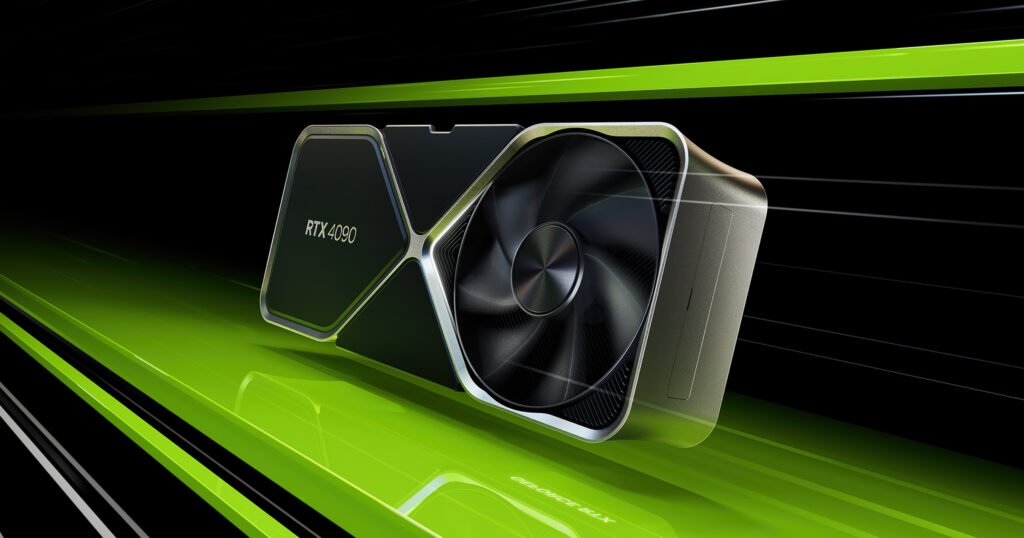NVIDIA, originally known for its powerful graphics processing units (GPUs), has become synonymous with the AI revolution through its innovative CUDA technology. But is NVIDIA truly the king of this transformative era in technology?
From Graphics to AI: NVIDIA’s Ascension as a Tech Leader
NVIDIA, originally a pioneer in graphics processing for gaming, has evolved into a cornerstone of the broader technology sector, particularly in artificial intelligence. This transformation began with the strategic introduction of CUDA in 2006, which expanded the capabilities of GPUs beyond graphics rendering to parallel computing. This shift enabled NVIDIA to leverage its expertise in handling massive computational tasks, aligning perfectly with the rising demands of AI and machine learning. By consistently capitalizing on and driving AI trends, NVIDIA has not only remained relevant but has also redefined its core identity, transitioning from a graphics card manufacturer to an indispensable leader in the tech revolution.

The days of Serial processing are over so CUDA gives you a way in which we can express parallelism in a way that will scale the future architecture.
CUDA, or Compute Unified Device Architecture, is NVIDIA’s parallel computing platform and application programming interface (API) model. It allows software developers to use a CUDA-enabled graphics processing unit (GPU) for general purpose processing – an approach known as GPGPU (General-Purpose computing on Graphics Processing Units). CUDA has been instrumental in reducing processing times for large computational tasks, making it a cornerstone for AI research and development.

NVIDIA’s GPU technology, especially the Tesla, Quadro, and more recently, the DGX systems, are at the heart of today’s AI infrastructure. From deep learning and machine learning to complex data analysis and computational work in AI labs and industries worldwide, NVIDIA’s hardware is pivotal. For example, their GPUs have accelerated deep learning frameworks significantly, reducing training times from weeks to hours.
While NVIDIA remains a leader, competitors like AMD with its Radeon Instinct and Intel’s Nervana NNP chips are noteworthy contenders. Moreover, Google’s TPUs (Tensor Processing Units) also specialize in accelerating neural networks directly, posing a challenge to NVIDIA’s dominance.
The future looks promising for NVIDIA as it continues to innovate with AI-specific chips and integrated AI computing ecosystems. With ongoing advancements in AI and machine learning, NVIDIA’s role is likely to expand, although how they adapt to increasing competition remains key.
Over the past five years, NVIDIA has achieved an impressive total return of approximately 1,884.05%. This means that an investment of ₹ 8,350.45 in NVIDIA stock five years ago would now be worth around ₹ 165677.10. This substantial return reflects NVIDIA’s significant growth and its strong position in the tech industry, particularly in areas like AI and GPU technology.

NVIDIA and CUDA have undeniably been at the forefront of the AI revolution, shaping how AI technologies have evolved and been implemented. As we look to a future where AI becomes even more pervasive, NVIDIA’s ongoing innovation will be crucial. Is NVIDIA the king of the AI revolution? The evidence suggests a strong case, but the rapid evolution of technology could hold surprises.









